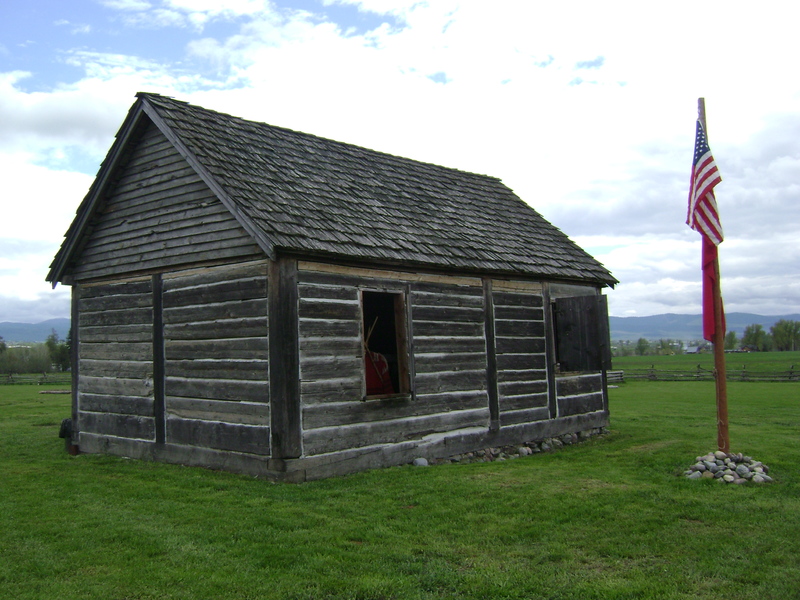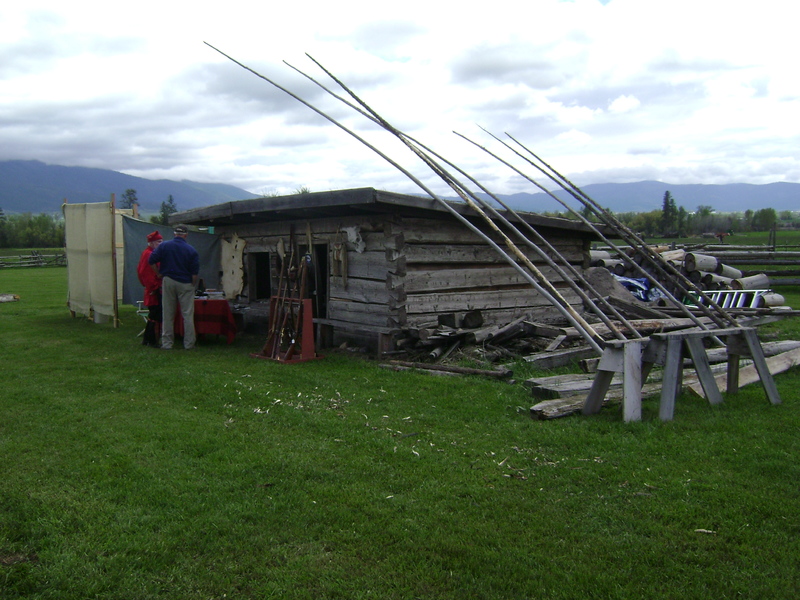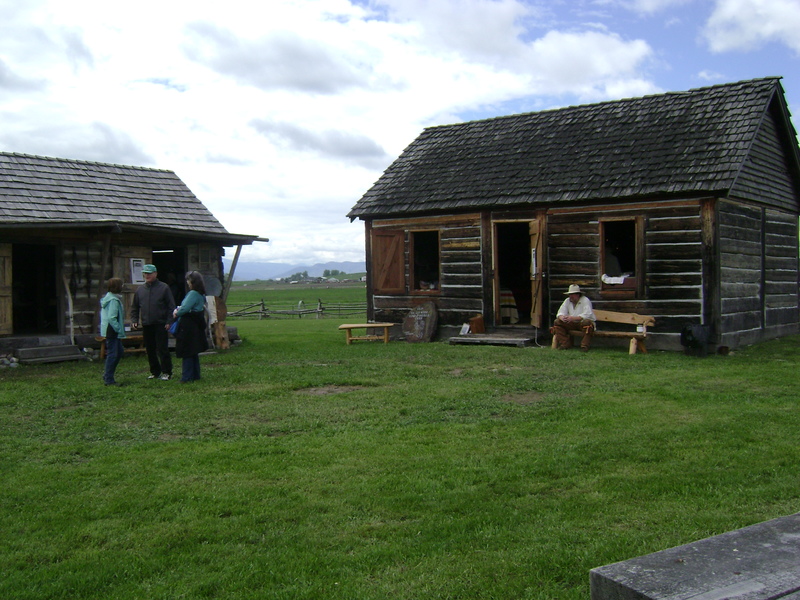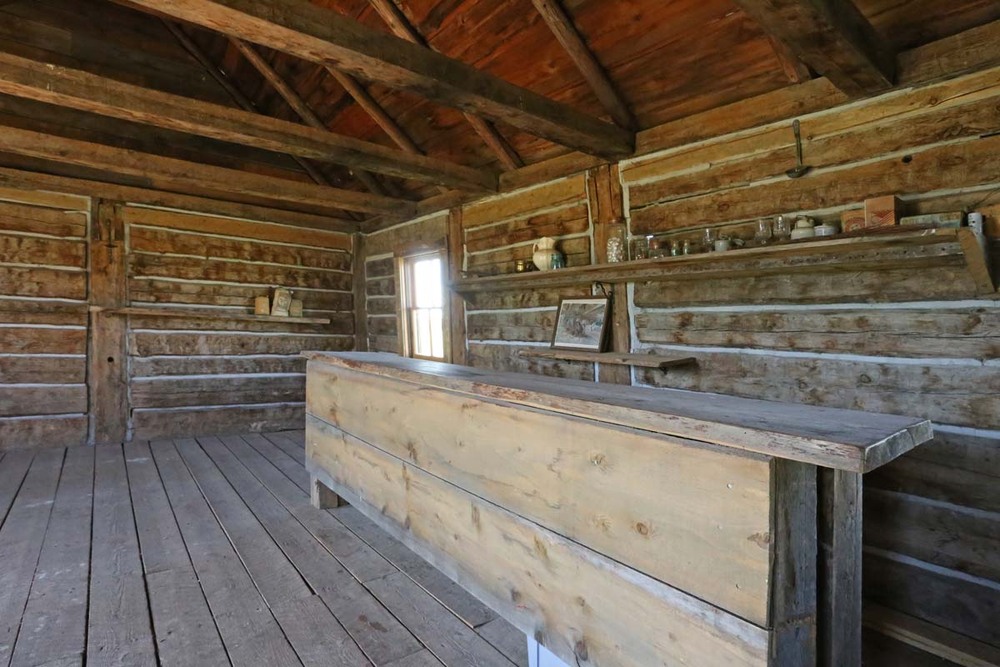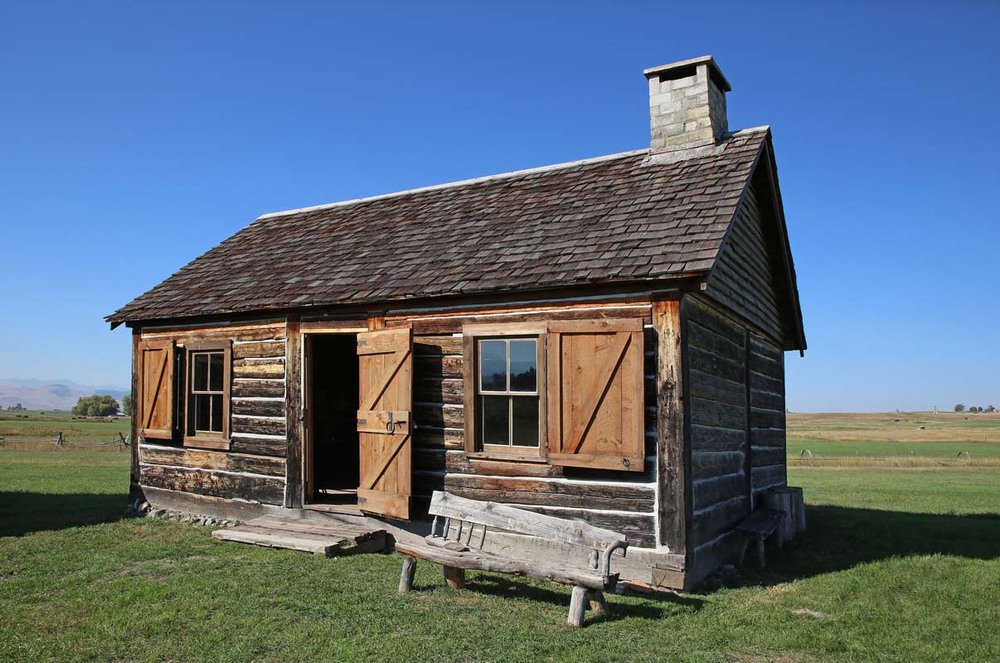Fort Connah
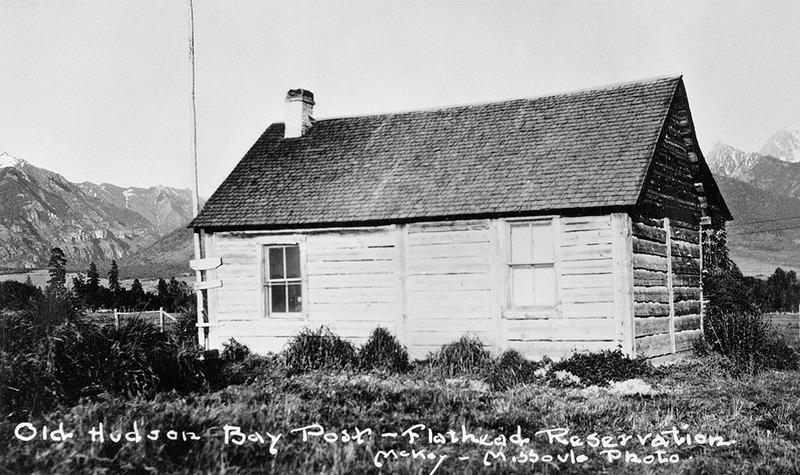
The British Hudson’s Bay Company established a trading post on this site in 1846. It was the powerful company’s last post built within the boundaries of the United States and represents the British effort to stave off competition from American traders west of the Continental Divide. Fort Connah, just under construction, escaped scrutiny when the 1846 Oregon Treaty established U.S. ownership of land below the 49th parallel. Angus McDonald took charge of the post in 1847 naming it Fort Connen after a river valley in his native Scotland. The name evolved through Native American usage to Fort Connah. An important link between forts on either side of the Rocky Mountains, the main trade was in furs, but buffalo meat, pemmican, and buffalo skin saddle blankets as well as rawhide and hair cordage were other key trade items the company could not obtain west of the Divide. The Hudson’s Bay Company continued to defy the law and operated in the twilight of the fur trade era until encroaching settlement brought its closure in 1871. Angus McDonald’s son Duncan, who was born at the fort, served as its last factor. Angus later acquired the property and died here in 1889. He, his wife, and their descendants were prominent in the development of this region and are buried in the nearby cemetery. The sole surviving fort structure, built of channeled log in 1846, is Montana’s oldest standing building. The site is under the care of the Fort Connah Restoration Society.
Images

